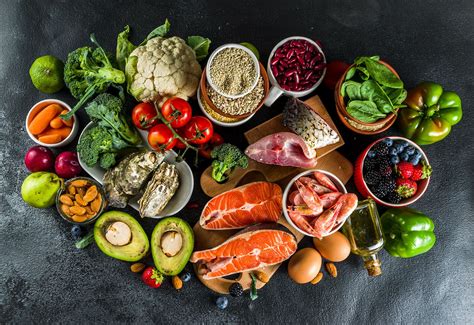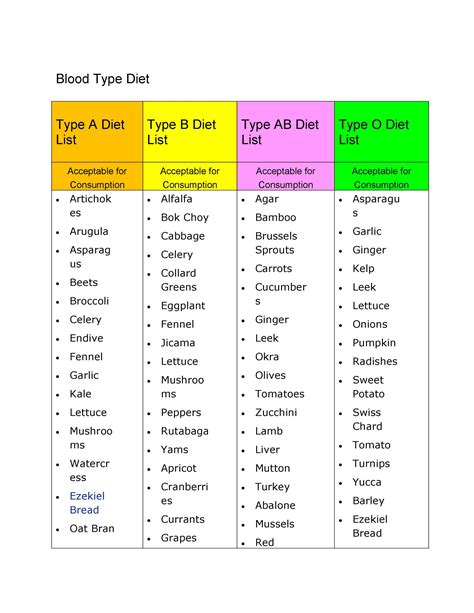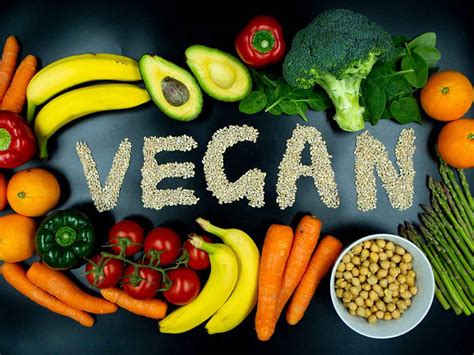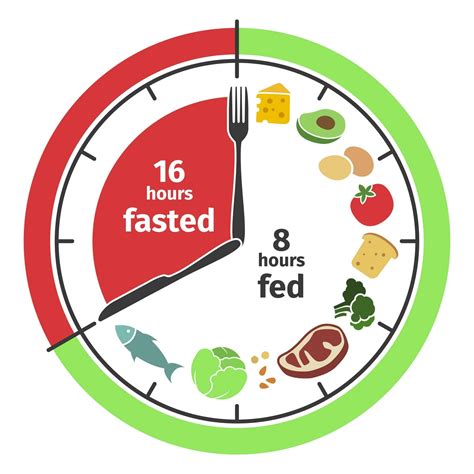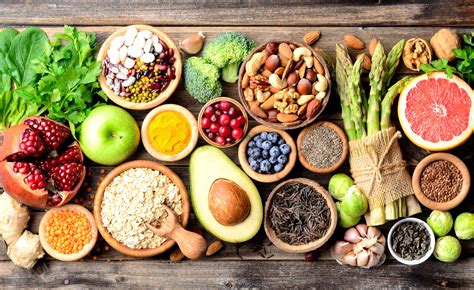Discover the definition and benefits of pescetarianism, as well as health risks and a sample meal plan. Plus, get tips for transitioning.
Pescetarianism Defined
Contents
Pescetarianism is a type of diet that includes fish and seafood, but excludes other types of animal meat such as beef, pork, and chicken. People who follow a pescetarian diet typically also consume fruits, vegetables, grains, nuts, seeds, and dairy products. This diet is often chosen for health or ethical reasons, as it allows individuals to consume the nutrients found in fish and seafood while minimizing their intake of red meat and poultry.
Many pescetarians also cite environmental concerns as a reason for their dietary choices, as the fishing industry is often viewed as having a smaller environmental impact compared to the meat industry. Pescetarianism is often seen as a compromise between following a vegetarian or plant-based diet and consuming a more traditional omnivorous diet.
Although the term pescetarianism is relatively modern, the concept of consuming a primarily plant-based diet with added fish and seafood has been around for centuries. In many cultures, fish and seafood have been staple foods, providing essential nutrients such as omega-3 fatty acids and protein.
As with any dietary choice, it is important for individuals to carefully consider their nutritional needs and consult a healthcare professional to ensure they are meeting their dietary requirements. While pescetarianism can offer health and environmental benefits, it is important to make informed choices and plan meals carefully to ensure optimal nutrition.
Benefits of Pescetarian Diet
Benefits of Pescetarian Diet
The pescetarian diet is a type of diet that involves consuming mainly plant-based foods along with fish and other seafood. This diet has gained popularity in recent years due to its potential health benefits. One of the main advantages of a pescetarian diet is the high intake of omega-3 fatty acids from fish. These essential fats are known for their role in reducing the risk of heart disease and improving overall cardiovascular health.
In addition, the pescetarian diet is rich in nutrient-dense foods such as fruits, vegetables, whole grains, and legumes. These foods are packed with essential vitamins, minerals, and antioxidants that are important for maintaining good health and preventing chronic diseases. The inclusion of fish and seafood in the diet also provides a good source of high-quality protein and important micronutrients such as iodine and vitamin D.
Another benefit of the pescetarian diet is its potential to support weight management. By focusing on plant-based foods and lean protein from fish, individuals following a pescetarian diet may find it easier to maintain a healthy weight. This diet also encourages the consumption of healthy fats from sources such as avocados, nuts, and olive oil, which can contribute to feelings of fullness and satisfaction.
Furthermore, the pescetarian diet is associated with a reduced environmental impact compared to diets that include a high intake of meat and animal products. The production of fish and seafood generally requires fewer resources and produces lower greenhouse gas emissions compared to livestock farming. Choosing to follow a pescetarian diet can therefore contribute to sustainability and environmental conservation.
In conclusion, the pescetarian diet offers a range of potential health benefits, including improved cardiovascular health, nutrient-dense food choices, support for weight management, and a reduced environmental impact. For individuals looking to adopt a more plant-focused diet while still including a source of animal protein, the pescetarian diet can be a balanced and sustainable approach to healthy eating.
Health Risks of Pescetarianism
While following a pescetarian diet can have many health benefits, there are also some risks associated with this eating pattern. One potential health risk of pescetarianism is the potential for mercury contamination in certain types of seafood, such as tuna and swordfish. These large predatory fish can accumulate high levels of mercury, which can be harmful to human health, particularly for pregnant women and young children.
Another health risk of pescetarianism is the potential for consuming high levels of omega-6 fatty acids from farmed fish and seafood. While omega-6 fatty acids are essential for the body, consuming too much can lead to inflammation and an increased risk of chronic diseases such as heart disease and diabetes.
In addition, if a pescetarian diet is not well-planned, there may be a risk of nutrient deficiencies such as iron, zinc, and vitamin B12, which are primarily found in animal products. It is important for pescetarians to include a variety of nutrient-rich plant foods and to consider taking supplements to ensure adequate intake of these essential nutrients.
Lastly, a pescetarian diet that relies heavily on processed seafood products such as fish sticks and battered shrimp can be high in unhealthy fats, sodium, and additives, which can increase the risk of cardiovascular disease, high blood pressure, and other health issues.
Sample Pescetarian Meal Plan
Creating a nutritious and delicious meal plan as a pescetarian can be easy and enjoyable. This type of diet is centered around the consumption of seafood, as well as fruits, vegetables, legumes, and whole grains. Here is a sample meal plan to give you an idea of what a week of pescetarian eating might look like.
Monday:
Breakfast – Whole grain toast with avocado and a side of mixed berries
Lunch – Quinoa salad with mixed greens, cherry tomatoes, cucumber, and grilled shrimp
Dinner – Baked salmon with roasted asparagus and quinoa pilaf
Tuesday:
Breakfast – Greek yogurt with honey and sliced mango
Lunch – Black bean and corn tacos with fresh salsa and a side of mixed greens
Dinner – Grilled halibut with steamed broccoli and brown rice
Wednesday:
Breakfast – Chia seed pudding with fresh pineapple
Lunch – Lentil soup with a side of whole grain bread and a mixed green salad
Dinner – Shrimp stir-fry with bell peppers, snap peas, and brown rice
By incorporating a variety of fish and plant-based foods, pescetarians can enjoy a diverse and healthy diet that supports overall well-being.
Tips for Transitioning to Pescetarianism
Transitioning to a pescetarian diet can be a great way to improve your health and reduce your environmental impact. However, it’s important to approach this lifestyle change in a thoughtful and informed manner to ensure your nutritional needs are met. Here are some tips to help you make a smooth transition to a pescetarian diet.
First and foremost, educate yourself about the pescetarian diet. Understand what foods are included and excluded, and learn about the potential health benefits and risks associated with this eating pattern. This knowledge will help you make informed choices and ensure you are meeting your nutritional needs.
Next, start by gradually reducing your consumption of meat and poultry. Begin by incorporating more seafood and plant-based protein sources into your meals. This gradual approach can help your body adjust to the change and make it easier to stick to your new eating pattern in the long run.
Another tip for transitioning to a pescetarian diet is to experiment with new recipes and ingredients. Look for recipes that feature seafood, legumes, and whole grains to keep your meals diverse and exciting. Trying out new foods can also help you discover delicious alternatives to meat-based dishes.
Lastly, consider seeking support from a nutritionist or registered dietitian who can help you plan a well-balanced pescetarian diet. They can provide guidance on meeting your nutritional needs and offer personalized recommendations based on your individual health goals and dietary preferences.

